Related Research Articles

Johannes Kepler was a German astronomer, mathematician, astrologer, natural philosopher and writer on music. He is a key figure in the 17th-century Scientific Revolution, best known for his laws of planetary motion, and his books Astronomia nova, Harmonice Mundi, and Epitome Astronomiae Copernicanae, influencing among others Isaac Newton, providing one of the foundations for his theory of universal gravitation. The variety and impact of his work made Kepler one of the founders and fathers of modern astronomy, the scientific method, natural and modern science. He has been described as the "father of science fiction" for his novel Somnium.
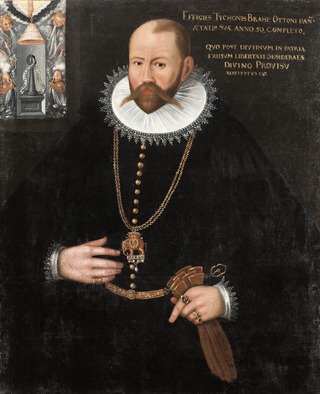
Tycho Brahe, generally called Tycho for short, was a Danish astronomer of the Renaissance, known for his comprehensive and unprecedentedly accurate astronomical observations. He was known during his lifetime as an astronomer, astrologer, and alchemist. He was the last major astronomer before the invention of the telescope. Tycho Brahe has also been described as the greatest pre-telescopic astronomer.
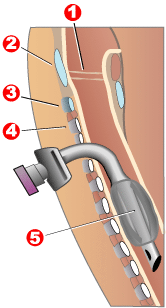
Tracheotomy, or tracheostomy, is a surgical airway management procedure which consists of making an incision on the front of the neck to open a direct airway to the trachea. The resulting stoma (hole) can serve independently as an airway or as a site for a tracheal tube to be inserted; this tube allows a person to breathe without the use of the nose or mouth.
The year 1600 CE in science and technology included some significant events.
The year 1630 in science and technology involved some significant events.
The year 1611 in science and technology involved some significant events.
The year 1614 in science and technology involved some significant events.
The year 1615 in science and technology involved some significant events.
The year 1631 in science and technology involved some significant events.
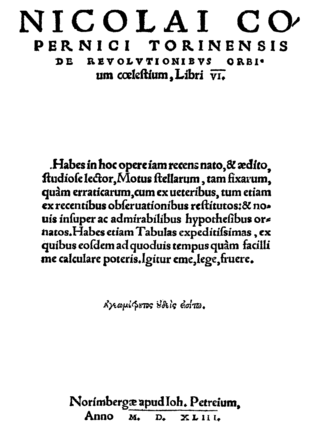
De revolutionibus orbium coelestium is the seminal work on the heliocentric theory of the astronomer Nicolaus Copernicus (1473–1543) of the Polish Renaissance. The book, first printed in 1543 in Nuremberg, Holy Roman Empire, offered an alternative model of the universe to Ptolemy's geocentric system, which had been widely accepted since ancient times.
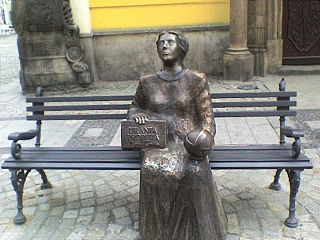
Maria Cunitz or Maria Cunitia was an accomplished Silesian astronomer, and the most notable female astronomer of the early modern era. She authored a book Urania propitia, in which she provided new tables, new ephemera, and a simpler working solution to Kepler's second law for determining the position of a planet on its elliptical path. The Cunitz crater on Venus is named after her. The minor planet 12624 Mariacunitia is named in her honour.

Jakob Bartsch or Jacobus Bartschius was a German astronomer.

Jost Bürgi, active primarily at the courts in Kassel and Prague, was a Swiss clockmaker, mathematician, and writer.

Michael Maestlin was a German astronomer and mathematician, best known as the mentor of Johannes Kepler. A student of Philipp Apian, Maestlin is recognized as the teacher who had the greatest influence on Kepler. He is regarded as one of the most significant astronomers of the period between Copernicus and Kepler.
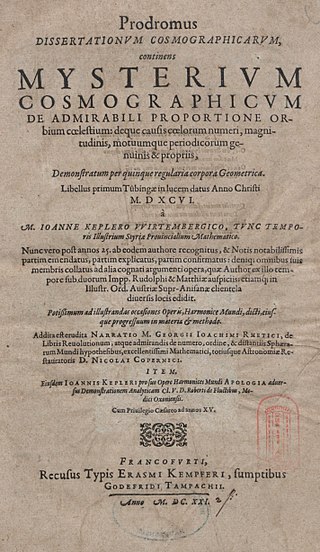
Mysterium Cosmographicum is an astronomy book by the German astronomer Johannes Kepler, published at Tübingen in late 1596 and in a second edition in 1621. Kepler proposed that the distance relationships between the six planets known at that time could be understood in terms of the five Platonic solids, enclosed within a sphere that represented the orbit of Saturn.
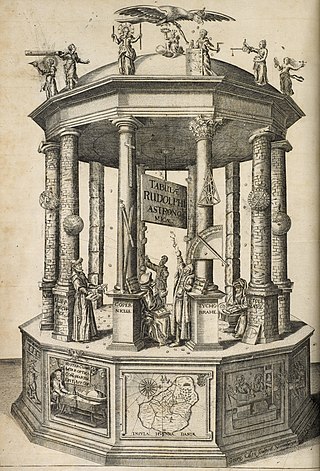
The Rudolphine Tables consist of a star catalogue and planetary tables published by Johannes Kepler in 1627, using observational data collected by Tycho Brahe (1546–1601). The tables are named in memory of Rudolf II, Holy Roman Emperor, in whose employ Brahe and Kepler had begun work on the tables. The main purpose of the Rudolphine tables was to allow the computation of the positions of the then known planets of the Solar System, and they were considerably more precise than earlier such tables.

Die Harmonie der Welt is an opera in five acts by Paul Hindemith. The German libretto was by the composer.
The year 1571 in science and technology included a number of events, some of which are listed here.
The year 1512 in science and technology included a number of events, some of which are listed here.
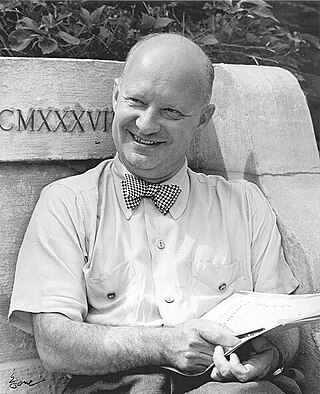
Die Harmonie der Welt Symphony, IPH 50, is a symphony by German composer Paul Hindemith composed in 1951, which served as the basis for his opera Die Harmonie der Welt.
References
- ↑ Goodall, E. W. (1934). "The story of tracheostomy". British Journal of Children's Diseases. 31: 167–76, 253–72.